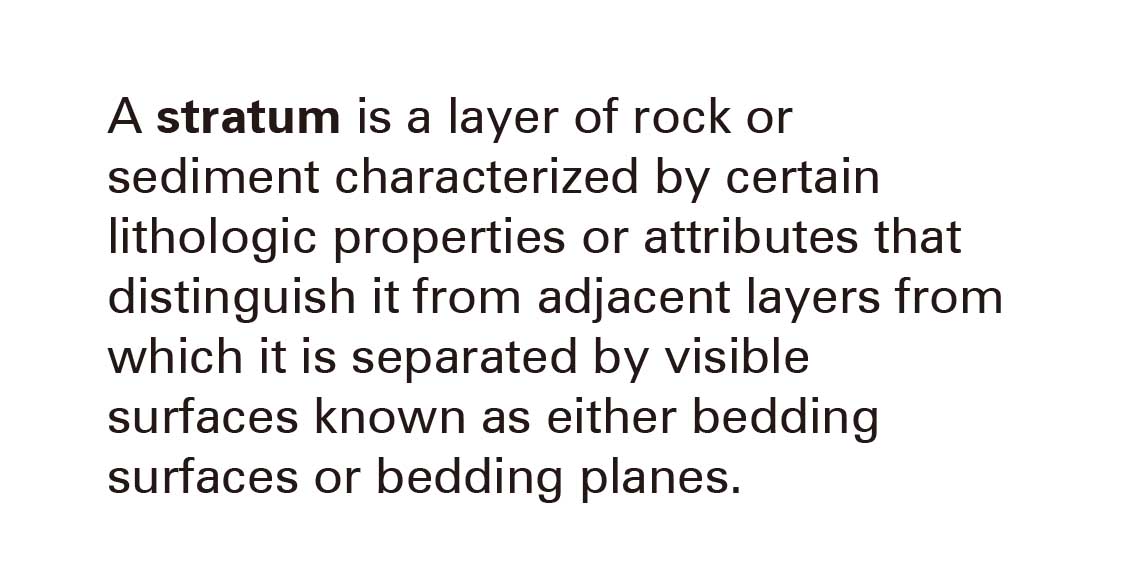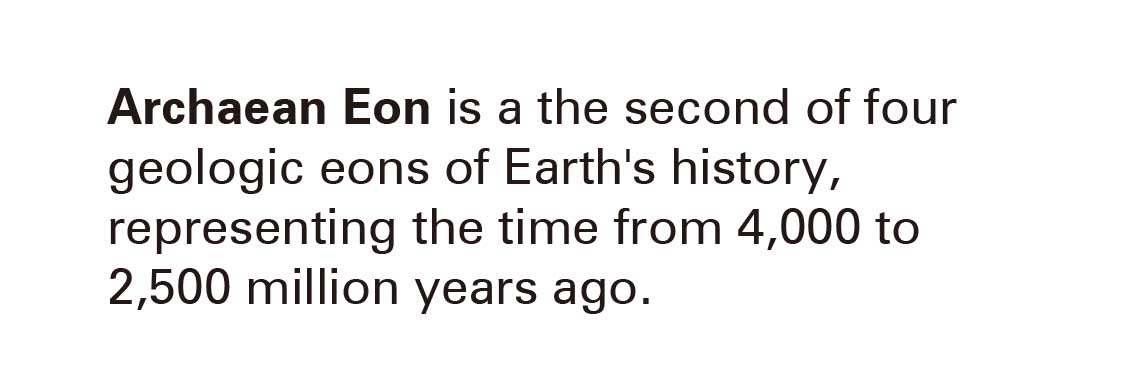Johannesburg Dome
“
A key geomorphological component of the Johannesburg region. The ground is not as flat as it looks!”
This north-to-south sectional drawing shows the geological components of the Johannesburg Dome and its surroundings. The dome is located between Johannesburg and Tshwane, with the geological strata![]() , or layers, mainly consisting of tonalitic basement granite-gneiss, intruded into mafic-ultramafic greenstone. As depicted towards the southern end of the section, towards the right, the prehistoric Witwatersrand Supergroup was deposited, and now dips southwards by about thirty degrees. The north is covered by the younger Transvaal Supergroup, and dips northwards about twenty degrees. The western side of the dome is surrounded by Swartkops Hill.1
, or layers, mainly consisting of tonalitic basement granite-gneiss, intruded into mafic-ultramafic greenstone. As depicted towards the southern end of the section, towards the right, the prehistoric Witwatersrand Supergroup was deposited, and now dips southwards by about thirty degrees. The north is covered by the younger Transvaal Supergroup, and dips northwards about twenty degrees. The western side of the dome is surrounded by Swartkops Hill.1
The dome is a fifty-kilometer-wide inlier of rocks dating back to the Archaean Eon![]() , located in the center of the Kaapvaal Craton, and surrounded by outward-dipping Archean to Paleoproterozoic volcanic sedimentary rock, made up of shales and quartzites. Swartkops Hill acts as a geomorphological record of the deformation phases of the Johannesburg Dome. First, Ventersdorp lava collided into the Witwatersrand Supergroup, and then top to the south kinematic formed the recumbent fold orientation. Finally, it was folded by basal Transvaal sandstones.
, located in the center of the Kaapvaal Craton, and surrounded by outward-dipping Archean to Paleoproterozoic volcanic sedimentary rock, made up of shales and quartzites. Swartkops Hill acts as a geomorphological record of the deformation phases of the Johannesburg Dome. First, Ventersdorp lava collided into the Witwatersrand Supergroup, and then top to the south kinematic formed the recumbent fold orientation. Finally, it was folded by basal Transvaal sandstones.


![]() Image source:
Geological Journeys by Norman and Whitfield, 2006
Image source:
Geological Journeys by Norman and Whitfield, 2006
References
1. https://ui.adsabs.harvard.edu/abs/2018AGUFM.T41E0346L/abstract
1. https://ui.adsabs.harvard.edu/abs/2018AGUFM.T41E0346L/abstract
 Image source:
Geological Journeys by Norman and Whitfield, 2006
Image source:
Geological Journeys by Norman and Whitfield, 2006